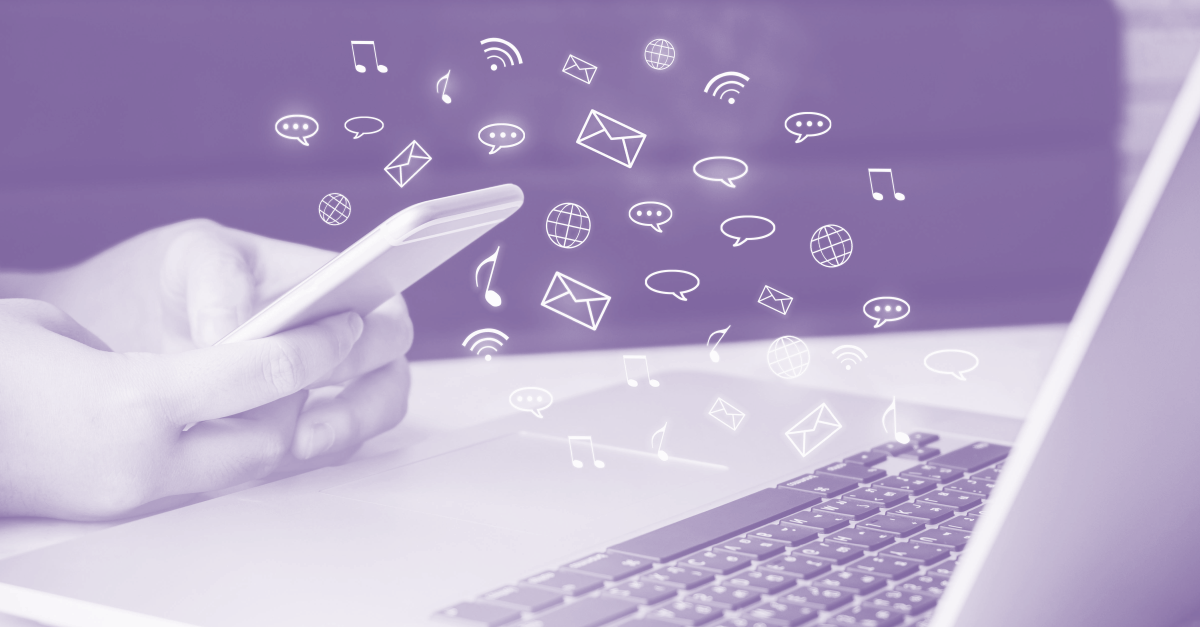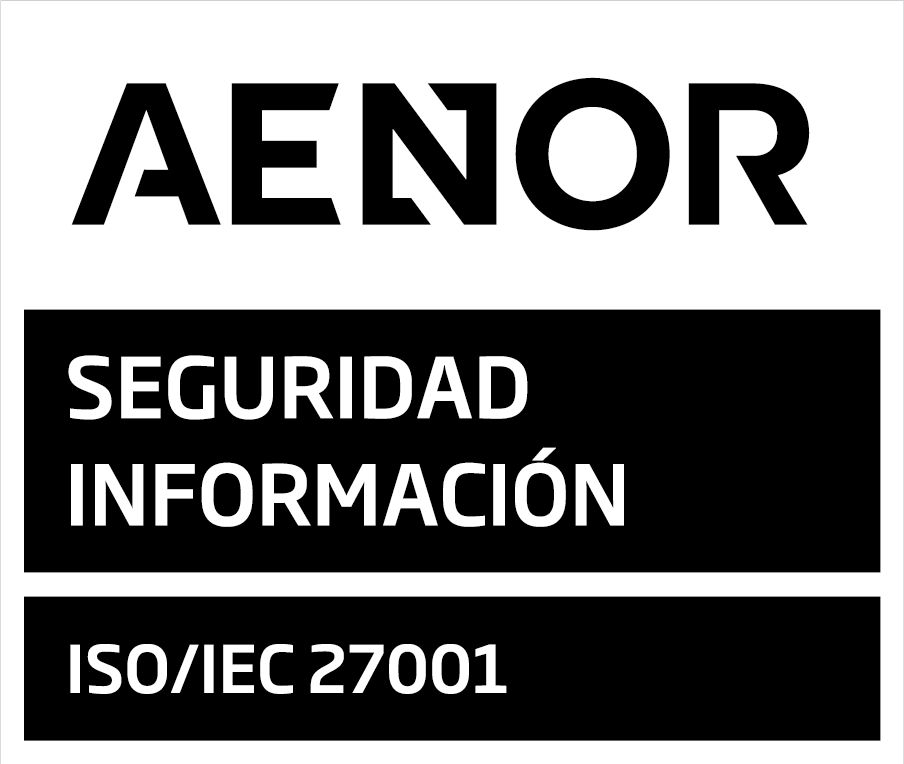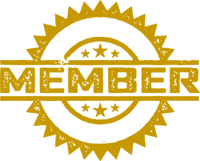Social Listening in Action: 5 Real-World Use Cases
November 8th 2023

Welcome to the bustling world of social media, where the chatter of your audience holds a treasure trove of insights!
Today, we’re showcasing how your business can, and needs to, utilize social listening. This tool goes beyond mere monitoring to truly engage with the heartbeat of your market.
Social media has revolutionized the way businesses interact with their customers. It’s not just about broadcasting messages anymore; it’s about listening to what your audience has to say.
In this blog, we’ll explore 5 real-world use cases of social listening and how businesses can leverage this tool to gain a competitive edge. From customer service to product development, social listening can be applied to various aspects of business operations.
Let’s dive in and discover how you can unleash the power of social listening for your business.
Real-World Use Case 1: Improving Customer Service and Support
One of the most significant benefits of social listening is that it provides your business with a way to hear your customers’ complaints, feedback, and concerns. In doing so, you can identify and address any issues in real-time, improving customer satisfaction and loyalty.
For example, Delta Airlines uses social listening to monitor customer feedback and complaints on social media platforms. They have a dedicated team that responds to customer inquiries and concerns on Twitter, providing prompt and personalized support. By leveraging social listening, Delta Airlines has been able to improve its customer service and reduce response times, resulting in higher customer satisfaction ratings.
Another example is Best Buy, which uses social listening to identify customer complaints and issues with its products. By monitoring social media conversations, Best Buy can identify trends and patterns in customer feedback, enabling them to address these issues proactively. As a result, Best Buy has been able to improve its product quality and customer satisfaction ratings.
Real-World Use Case 2: Identifying and Addressing Brand Reputation Issues
Brand reputation is a crucial aspect of any business. You can use social listening to monitor your brand reputation and identify any negative mentions or reviews that could potentially harm your image. By addressing these issues promptly, you can mitigate any damage and maintain a positive brand reputation.
For example, Nestle uses social listening to monitor its brand reputation and identify any negative mentions or reviews. By monitoring social media conversations, Nestle can identify any issues or concerns that customers have with their products or services and address them proactively. As a result, Nestle has been able to maintain a positive brand reputation and improve customer satisfaction ratings.
Another example is Wendy’s, which uses social listening to identify any negative mentions or reviews of its brand. Wendy’s has a dedicated team that responds to customer complaints and concerns on social media platforms, providing prompt and personalized support. By leveraging social listening, Wendy’s has been able to improve its brand reputation and maintain a positive image.
Real-World Use Case 3: Conducting Market Research and Identifying Trends
Social listening allows you to take advantage of valuable insights about your industry, competitors, and target audience. By analyzing social media conversations, you can identify emerging trends, consumer preferences, and pain points, which can be used to inform product development and marketing strategies.
For example, Nike uses social listening to conduct market research and identify emerging trends in the sports industry. By monitoring social media conversations, Nike can identify the types of sports and activities that are popular among its target audience, enabling them to develop products that meet their needs. As a result, Nike has been able to maintain its position as a leading sports brand and improve customer satisfaction ratings.
Another example is Netflix, which uses social listening to identify the types of content that are popular among its audience. By monitoring social media conversations, Netflix can gain insights into the genres, themes, and formats that resonate with its audience, enabling them to create better content. As a result, Netflix has been able to maintain its position as a leading streaming service and improve customer satisfaction ratings.
Real-World Use Case 4: Developing Better Content and Campaigns
Improve your content by identifying the topics, themes, and formats that resonate with your audience. By analyzing social media conversations, your business gains insights into the type of content their audience is interested in, the language they use, and the channels they prefer.
For example, Coca-Cola uses social listening to identify the types of content that resonate with its audience. By monitoring social media conversations, Coca-Cola can identify the themes and topics that are popular among its target audience, enabling them to create better content and campaigns. As a result, Coca-Cola has been able to maintain its position as a leading soft drink brand and improve customer satisfaction ratings.
Another example is Airbnb, which uses social listening to identify the types of experiences that are popular among its audience. By monitoring social media conversations, Airbnb can gain insights into the types of accommodations, activities, and destinations that its audience is interested in, enabling them to create better content and campaigns. As a result, Airbnb has been able to maintain its position as a leading travel brand and improve customer satisfaction ratings.
Real-World Use Case 5: Understanding and Engaging with Your Audience
Social listening gives your business the opportunity to engage with your audience in a more personalized and meaningful way. By monitoring social media conversations, you can identify opportunities to join the discussion, answer questions, and provide value to your audience.
For example, Chipotle uses social listening to engage with its audience and provide personalized support. By monitoring social media conversations, Chipotle can identify opportunities to join the discussion, answer questions, and provide value to its audience. As a result, Chipotle has been able to improve its customer satisfaction ratings and maintain a positive brand reputation.
Another example is Sephora, which uses social listening to engage with its audience and provide personalized product recommendations. By monitoring social media conversations, Sephora can identify the types of products that its audience is interested in, enabling them to provide personalized product recommendations. As a result, Sephora has been able to improve its customer satisfaction ratings and maintain a loyal customer base.
Social listening is a powerful tool that can provide businesses with valuable insights into their customers, industry, and competitors. From improving customer service to developing better products and campaigns, social listening can be applied to various aspects of business operations. By leveraging social listening, businesses can gain a competitive edge and maintain a positive brand reputation.
So, start listening to what your customers have to say and unleash the power of social listening for your business.
Ready to see what we can do for you?
In the right hands, artificial intelligence can take human performance to a hitherto unimaginable level. Are you ready for evolution?
We are certified by:






